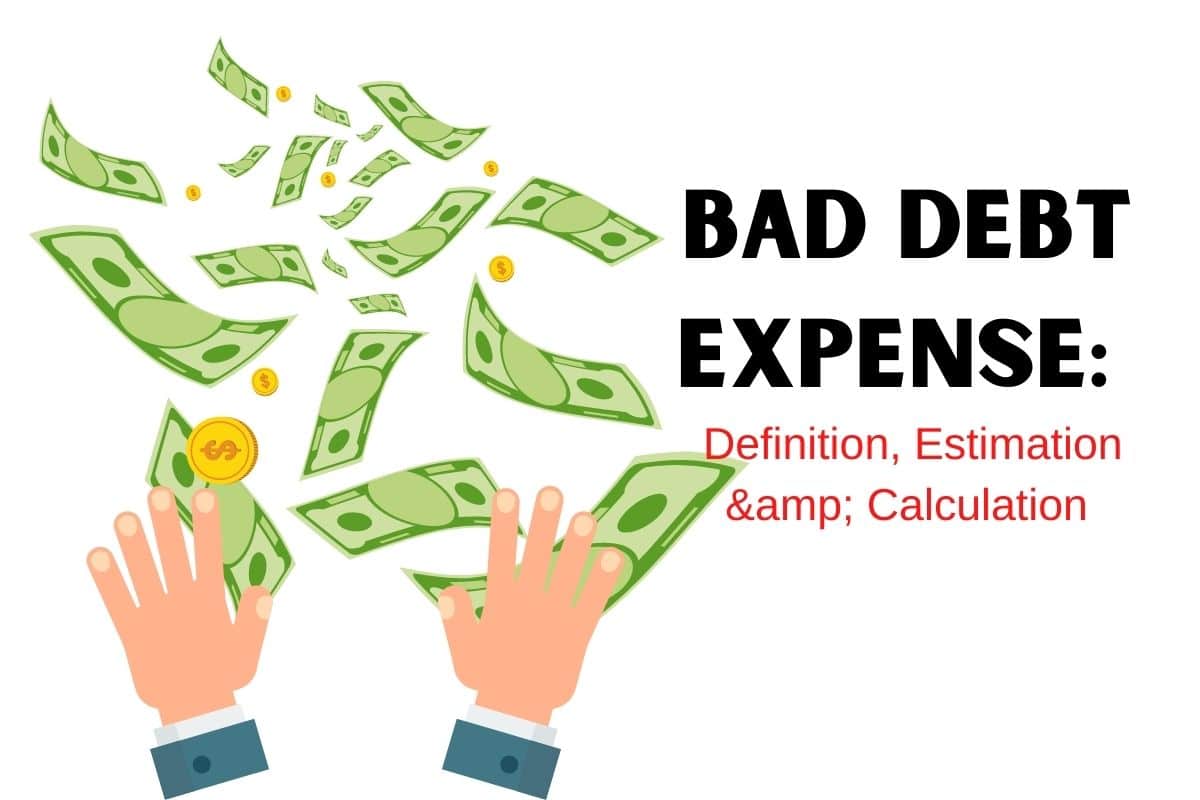You’re not the only one who wants to know the fastest ways to build a credit score. Furthermore, unless you have excellent credit, it’s useful learning how to improve your credit. If you have subprime credit, which is commonly defined as a FICO Score of less than 669 or a VantageScore of less than 600, the fastest ways to build credit are even more important. Low credit score holders may find it more difficult to credit access and are frequently charged higher interest rates on credit cards, loans, and mortgages.
Tommy Lee, Senior Director of Analytical Science at FICO, says, “The greatest advice for restoring credit is to manage it properly over time.” We agree, which is why we’ve compiled a list of measures you can take right now to start building your credit, as well as advice on how to keep your credit score up to date once it starts to improve.
Fastest Ways to Build Credit Score
The majority of people opt to increase their credit score when they are about to apply for credit or when they have been denied a credit card, loan, or lease. In these situations, you want to build your credit as soon as possible. There is no quick repair for bad credit, but there are some basic remedies. Utilize these fastest ways to build your credit score.
#1. Always Pay your Bills on Time.
The most important factor when building credit is a history of on-time payments. Your payment history, which is one of the factors that contribute to your FICO credit score, accounts for 35% of your FICO credit score. This means that you should always make an effort to pay your bills on or before the due date.
Setting up automatic payments is the simplest way to ensure that your bills are paid on time. You’ll link your bank account to the service provider, who will charge your account on or before the due date. You won’t have to worry about missing a payment if you set up automatic payments and have enough money in your bank account to cover the bill.
#2. Apply for a Secured Credit Card
A secured credit card is intended to help customers build credit as quickly as possible.
When you apply for a secured card, the supplier will ask for a cash deposit to act as both the credit limit and collateral. For example, if you put down $200, You’ll have a $200 credit limit. The card company may keep the deposit if you don’t pay your credit card bill.
The same in-store and online retailers accept secured cards as standard credit cards. Your credit limit will be smaller, though.
You should only use a secured card for little purchases that are well below your credit limit because the limit is lower. This is because the second most important credit factor is your credit usage ratio, which indicates how much of your total available credit you use in a given timeframe.
Keep your credit usage percentage below 30% as a general rule. A ratio of less than 10%, on the other hand, will result in an even higher score. Hence, if you open a secured credit card, multiply your total limit by 30% and never exceed it at any time.
An authorized user is someone who is added to an existing credit card account. Authorized users may use the card but are not liable for any payments. The card’s history will display on your credit record once you become an authorized user. Your credit score may improve if the primary cardholder has made on-time payments.
#4. Pay Off any Outstanding Debts
Use the debt avalanche or debt snowball method to pay down existing debt to fast reduce your credit usage ratio and boost your score:
- By using the debt avalanche technique, you prioritize paying off your highest-interest debt first, then the loan with the next highest interest rate, and so on. To avoid penalties, make the minimum payments on any other cards used in the process.
- In contrast, the debt snowball strategy prioritizes paying off your smallest balances first while still making the minimum payment requirements for your other cards. This strategy is intended to help you gain momentum by giving you a sense of accomplishment as you pay off one card after another.
#5. Get a Credit-Builder Loan
A credit builder loan is intended for borrowers who have no credit history and do not wish to get a credit card.
To apply for a credit builder loan, you must first determine the loan amount and term. Instead of receiving the funds upfront, you pay the loan every month, and they report it to the credit bureaus.
When the term is up, you will be refunded the amount you paid, less any possible fees. If you paid on time, you should have improved your payment history and so improved your credit score.
#6. Request an Increase in Credit Limit
Debt reduction is not the only approach to reducing your credit utilization ratio. Another strategy is to increase your credit card limit while maintaining or lowering your balance.
Contact your card provider to request a credit limit increase. Before authorizing the limit, it may conduct a credit check, which could lower your score by up to five points. With a higher credit limit, remember not to become greedy. You will defeat the purpose of this strategy if you decide to exceed your new limit.
#7. Think about Experian Boost or UltraFICO.
Adding new accounts can improve your score if you have no credit history. You have two options for extra help: Experian Boost and UltraFICO:
- Experian Boost assesses your utility, streaming, and other accounts and adds on-time payments to your Experian credit report. Any of your Experian Boost accounts won’t be shown to a lender or credit card provider if they use a different credit bureau.
- UltraFICO is a FICO software that includes data about your bank account balances, cash flow, and bank activities. Nevertheless, the UltraFICO score is not used or accepted by every lender.
What Factors Influence the Fastest Ways to Build Credit Scores?
If you want to learn the fastest ways to build a credit score, you should know how different credit behaviors affect your score and how to use that knowledge to your benefit.
Your FICO score can have a huge impact on your financial future because 90 of the top 100 lending institutions in the United States utilize the FICO credit rating formula. But, just because you now have a poor FICO score does not exclude you from swiftly building credit.
Your FICO credit score is comprised of the following five elements:
#1. Payment record.
Your history of on-time payments accounts for 35% of your FICO score. “A single missed payment can result in a significant score decrease,” Lee explains.
#2. Amounts owed.
Your credit utilization ratio, which makes up 30% of your FICO score, is determined by how much money you owe. Your credit score will likely rise as you pay off bills and expand your available credit.
#3. Credit history length.
The length of time your credit accounts have been open accounts makes up 15% of your FICO score. This is why you should keep old credit cards active, even if you only use them for one purchase per month.
#4. Credit mix.
The types of credit in your name account for 10% of your FICO score. If you have both revolving and other types of credit, such as student loans, a mortgage, or installment loans, your credit score may improve. (Don’t panic if you only have credit cards—still, it’s the fastest way to build credit without taking out loans!)
#5. New credit inquiry.
Your recent credit inquiries account for the final 10% of your FICO score. Requesting too much new credit at once may reduce your credit score since you may borrow more money than you can afford to repay. We advise waiting at least three months between credit card applications as a result.
5 Healthy Credit Habits that will Increase your Credit Score Over Time
The fastest ways to build a credit score are only the first step in the process. Consistently positive habits are the greatest way to build and maintain high credit, so once you’ve gotten your credit score on track, here’s what you can do to keep it there.
#1. Pay your bills on time.
On-time bill payment is crucial for your FICO score. One of the easiest ways to increase your credit score is to make on-time payments on all of your credit card bills.
What if your credit report already shows a history of late or missed payments? Bad credit performance won’t plague you forever. The longer you pay your bills on time after you’ve been late, the higher your FICO ratings should be.
#2. Maintain a low balance.
Start focusing on paying off your credit card bills once you’ve built a favorable payment history. Employ a tried-and-true debt-reduction strategy, such as the debt snowball or avalanche methods. To consolidate your bills into a single monthly payment, apply for a balance transfer credit card.
Avoiding taking on additional debt is another approach to keeping your credit card balances low. Yet, it is the single most important thing you can do to improve your credit score.
#3. Keep previous accounts active.
You might wonder if it’s time to close a credit card account after you’ve paid it off in full. Old credit card accounts should be kept open, we advise. You can keep your balances low, build a history of on-time payments, and gradually improve the length of your credit history if you make one little purchase on each of your credit cards each month.
#4. Build your credit card portfolio gradually.
Applying for a new credit card is another smart strategy to build credit. When you add a new credit card to your portfolio, you can boost your available credit while also continuing to build a track record of on-time payments, both of which can help you improve your credit score. Just be careful not to exploit your new credit line to rack up debt on your credit cards.
#5. Reduce the number of credit queries.
Try to prevent excessive credit queries as you begin to apply for new credit cards. Try using a service like CardMatch™ to receive pre-qualified credit card offers, and only apply for cards that are a suitable fit. Wait at least three months to apply for the next credit card after receiving approval for the previous one.
What builds credit the fastest?
The most powerful steps you can take to improve your credit are to pay your bills on time and to pay off your credit card balances. Positive steps can enhance your credit quickly because issuers record your payment habits to the credit bureaus every 30 days.
How can I boost my credit score in 30 days?
Short checklist for improving your credit in 30 days:
- Verify the accuracy of your credit report.
- Create a Credit Karma account.
- Always pay your bills on time.
- Make responsible use of credit cards.
- Pay down a credit card or loan.
- Raise your credit card limit.
- Make your payments twice a month.
- Pay off your debts.
How can I get 700 credits fast?
Here are some of the more effective methods:
- Always pay on time.
- Cut back on your credit card debt.
- Avoid incurring additional debt regularly.
- Be aware of the credit card types you use.
- Dispute incorrect credit report information.
- Keep old credit cards open.
How can I get a 700 credit score in 3 months?
What you must do is as follows:
- Always make your payments on time.
- Maintain a modest credit usage.
- Keep previous accounts open.
- Pay down credit card debt.
- Request a higher credit limit from your card company.
6. employ the authorized user technique. - Put your bill payments to work.
- Use a rent reporting company.
How can I raise my credit score by 100 points overnight?
The 5 Best Ways to Instantly Improve Your Credit Score:
- Check your credit reports for errors and file a dispute.
- Always pay your bills on schedule.
- Inform credit bureaus of favorable payment histories, such as utilities.
- Retain old accounts.
- Maintain a 30% credit card balance.
What is the average US credit score?
According to VantageScore® data from February 2021, the typical credit score in the United States is 698. You only have one credit score, which is a misconception. You have a lot of credit scores. Checking your credit ratings frequently is advised.
Conclusion
Do you want to know the fastest way to build your credit score? Start by making timely payments. Then, work on paying off previous debt and increasing your portfolio’s credit lines. Keep good credit habits such as maintaining low balances and avoiding unnecessary credit inquiries as your credit score improves. Lee advises, “Once you’ve achieved that higher score, monitor and protect that credit rating you’ve worked so hard to achieve.
Related Articles
- HOW TO USE CREDIT CARD TO BUILD CREDIT: Detailed Guide
- CREDIT SCORE RANGE: What is a Good Range? All You Should Know
- WHAT IS A FAIR CREDIT SCORE? How To Improve It
- What Is Available Credit: Everything You Should Know
- AVERAGE CREDIT SCORE BY AGE: What You Need to Know About Each Age






